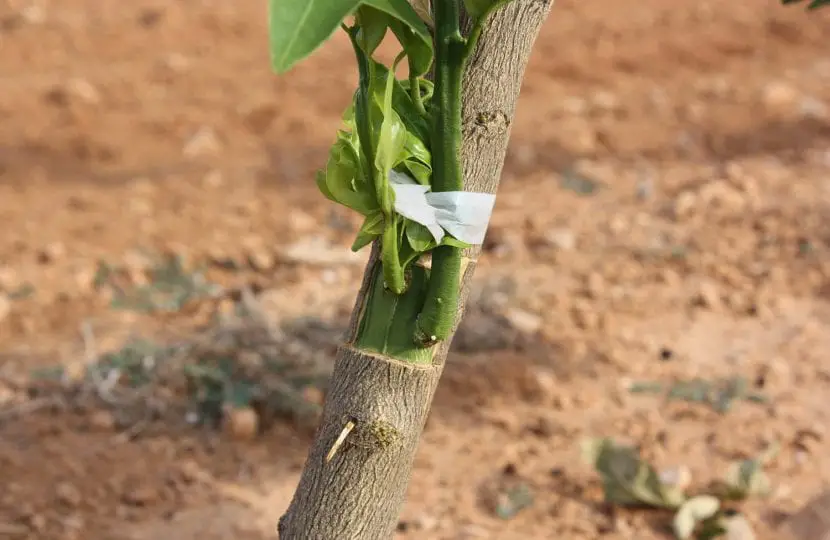

Image – Agriculturers.com
Grafts are branches of other plants that are inserted on top of others. This is a very interesting technique that allows us to grow many more species than we could really fit if we had to purchase them separately.
Although it is used, above all, in plants for human consumption, it can also be done in those that have an ornamental use. But, When to do grafts?
What plants can be grafted?
Although sometimes we would like to, unfortunately not all plants can be grafted onto all plants. First of all It is necessary to know which botanical family they belong to because, if they do not have any botanical affinity, we will not be able to graft them. Therefore, we can only graft citrus on citrus, or cactus on cactus, etc. In any case, we have to know that there will be a greater probability of success if both plants belong to the same species, since genetically they are practically identical.
What are grafts for?
For all this:
- We can use patterns (that is, the plant in which the graft will be inserted) resistant to diseases, a longer useful life, or with a greater adaptation to the soils, with grafts of high commercial value.
- They serve so that a plant that does not give seeds can feed a branch that is fertile.
- As we can graft several branches on a single plant, we save space.
When are grafts done?
It will depend on the type of graft we want to perform. For example.
- Yolk grafts: or gusset, they are made from spring to autumn. During this time, the bark of the rootstock can be easily detached, and as a lot of sap circulates, it is easy for the graft to go well.
- Spike graft: they are made from mid-winter to early spring. The picks or cuttings that are taken can be grafted on the same day or stored in the refrigerator for no more than two months.


Did you find it interesting?
